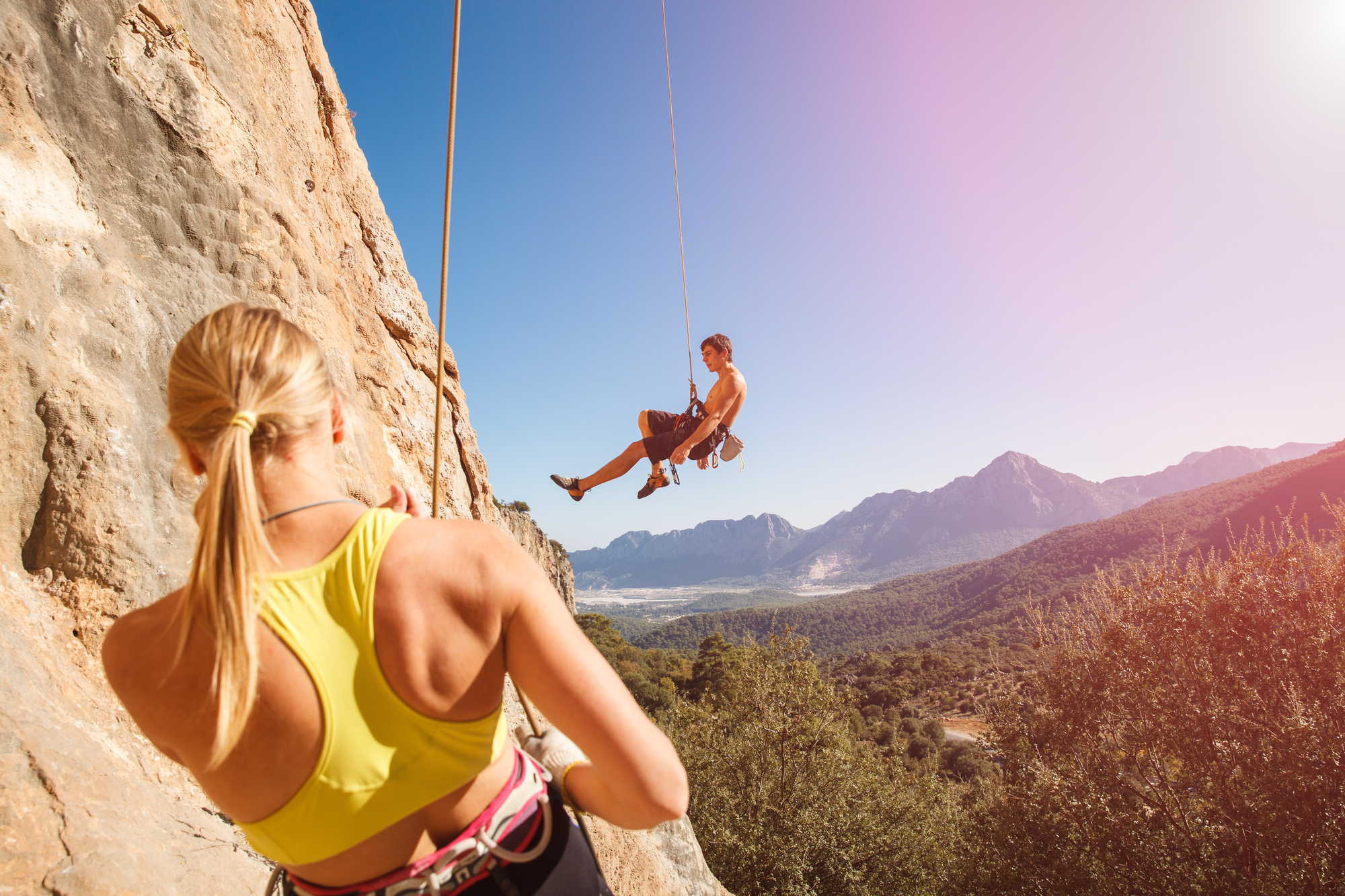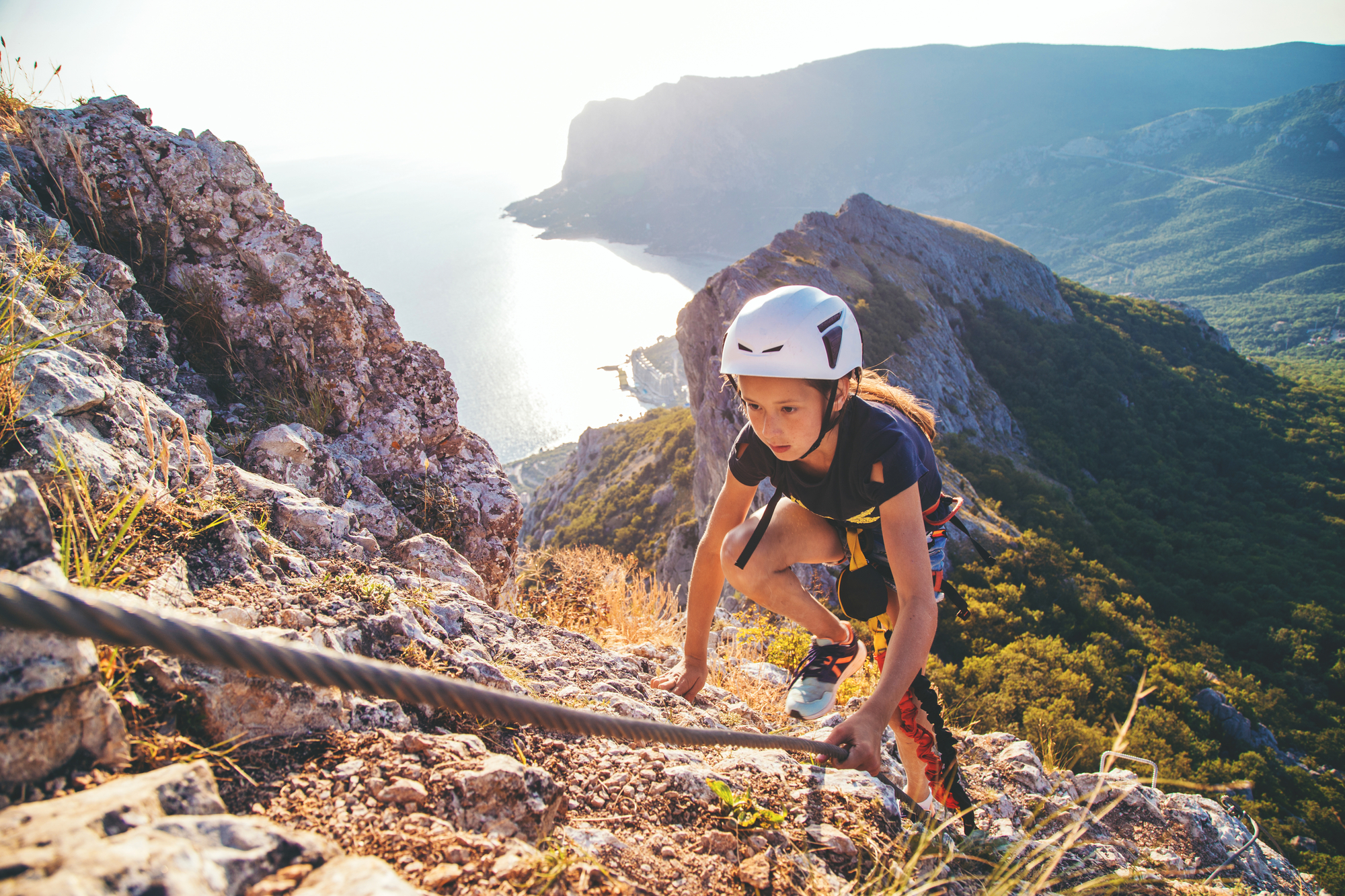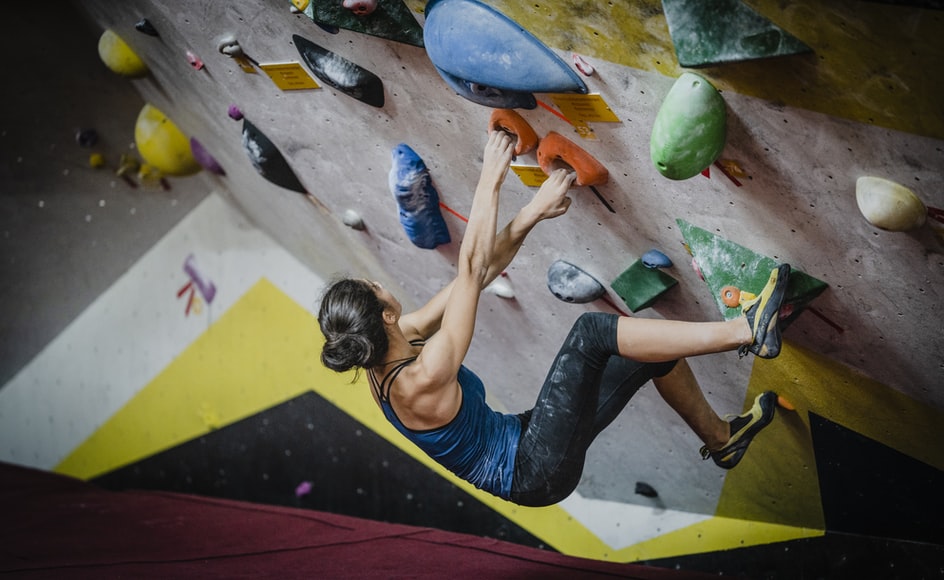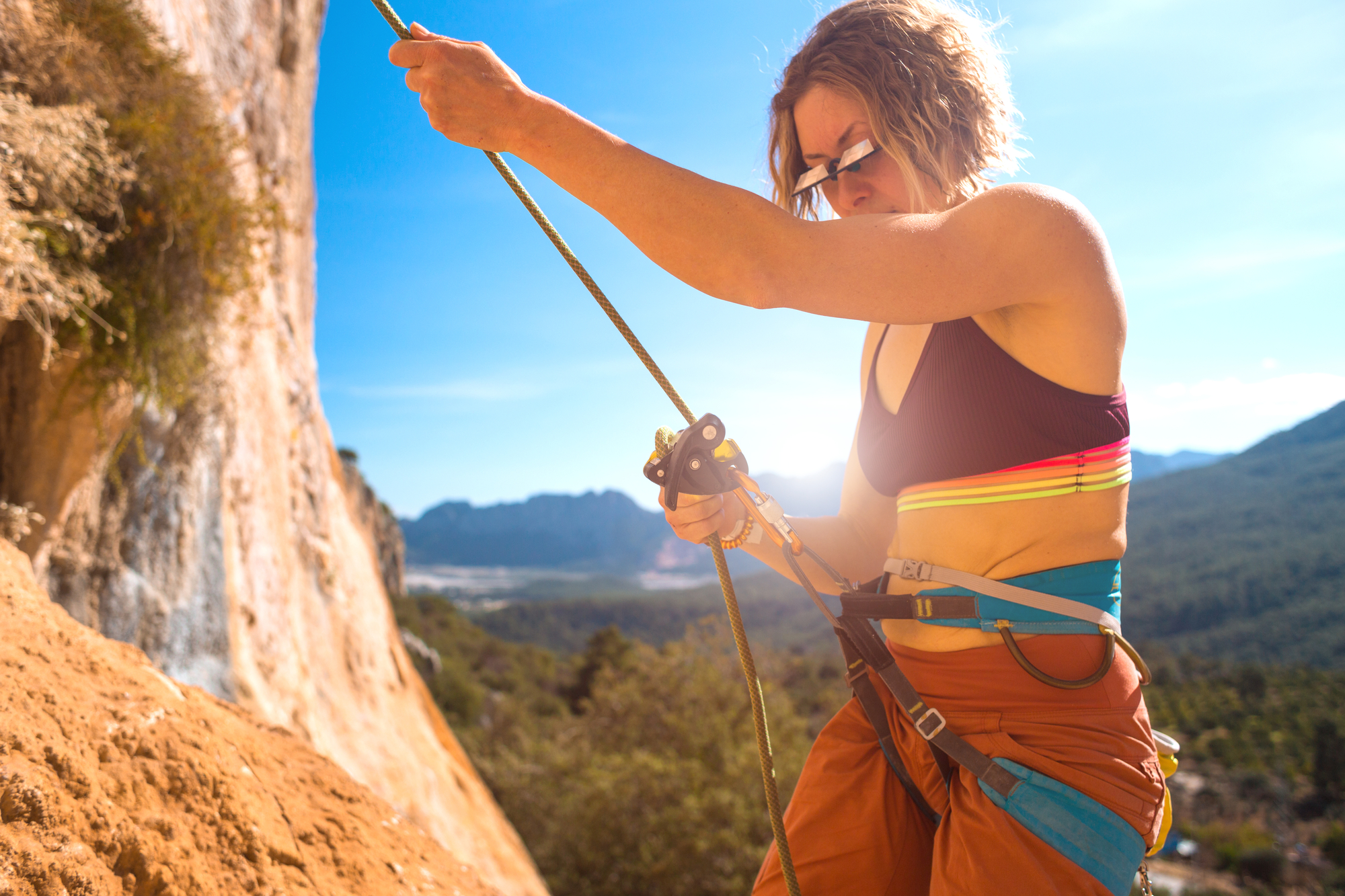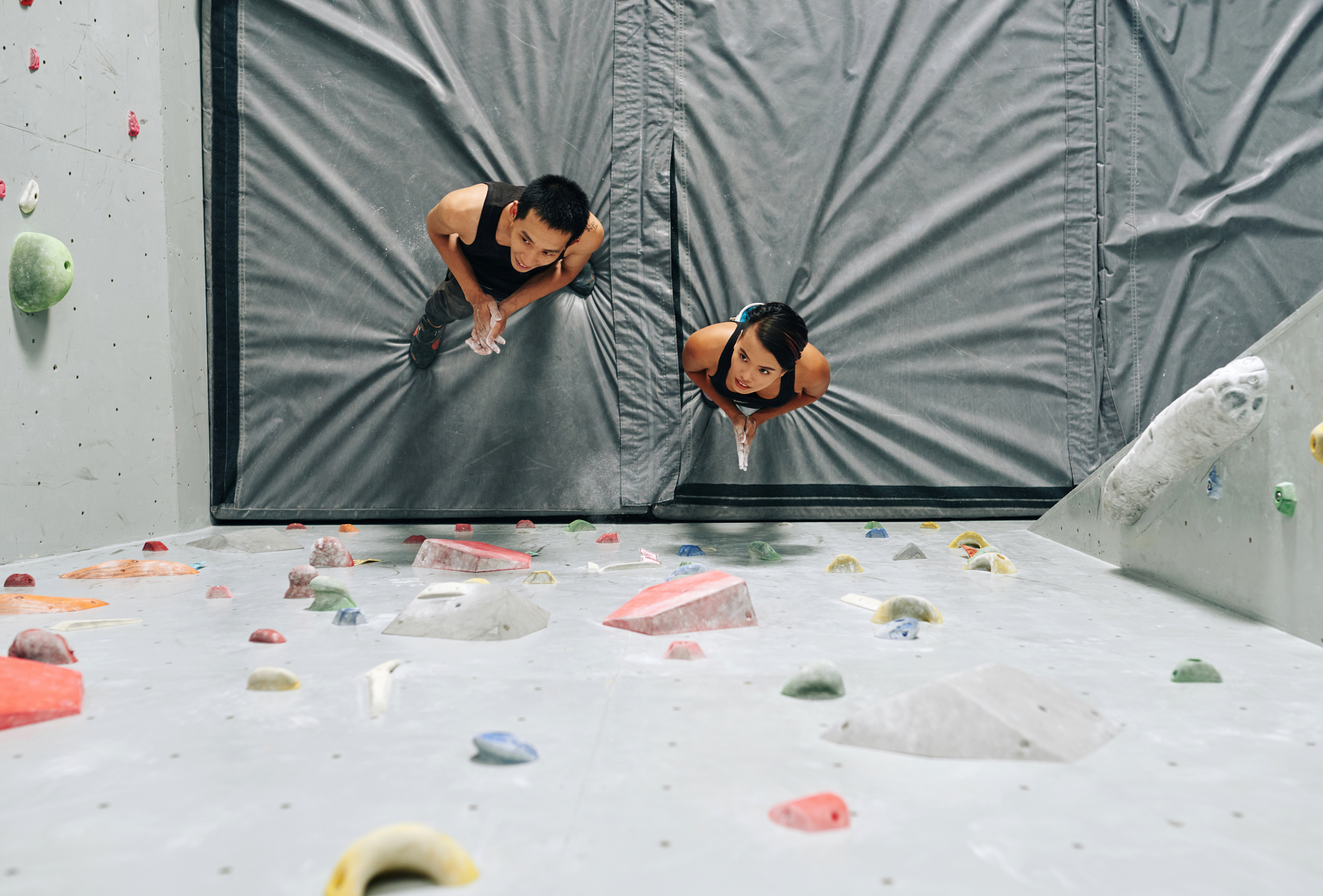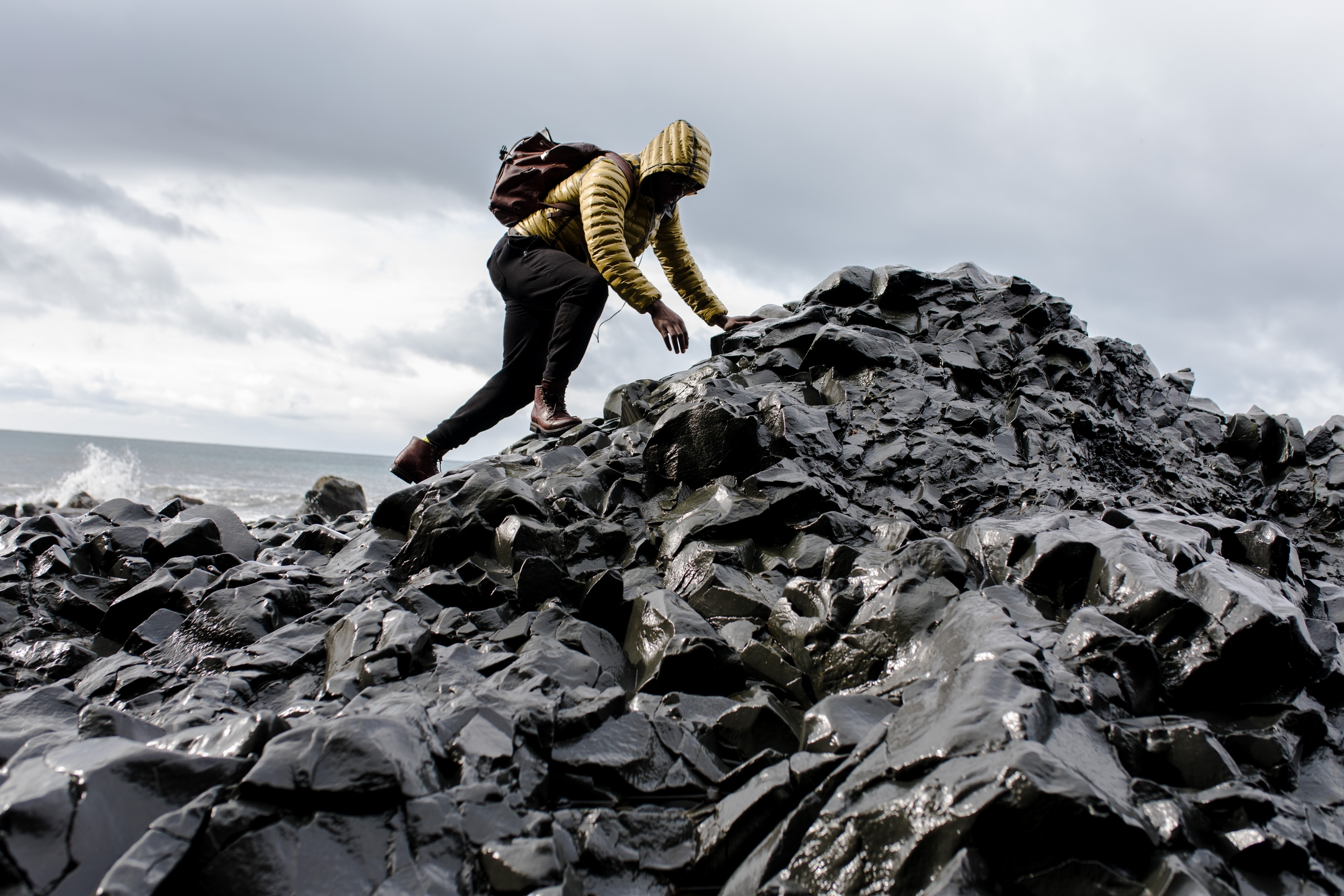While everyone knows that belaying is a vital part to keep climbing safe, you might feel daunted when you have to belay someone who is significantly heavier than you.
Sure, it’s ideal to be at the same weight or even heavier than your belay partner, but sometimes you’re faced with a situation where you end up being the lighter person in the tandem.
Is it possible to belay someone heavier than you? If it is, how do you do it safely?
Let’s find out!
Risks of Belaying a Heavier Partner
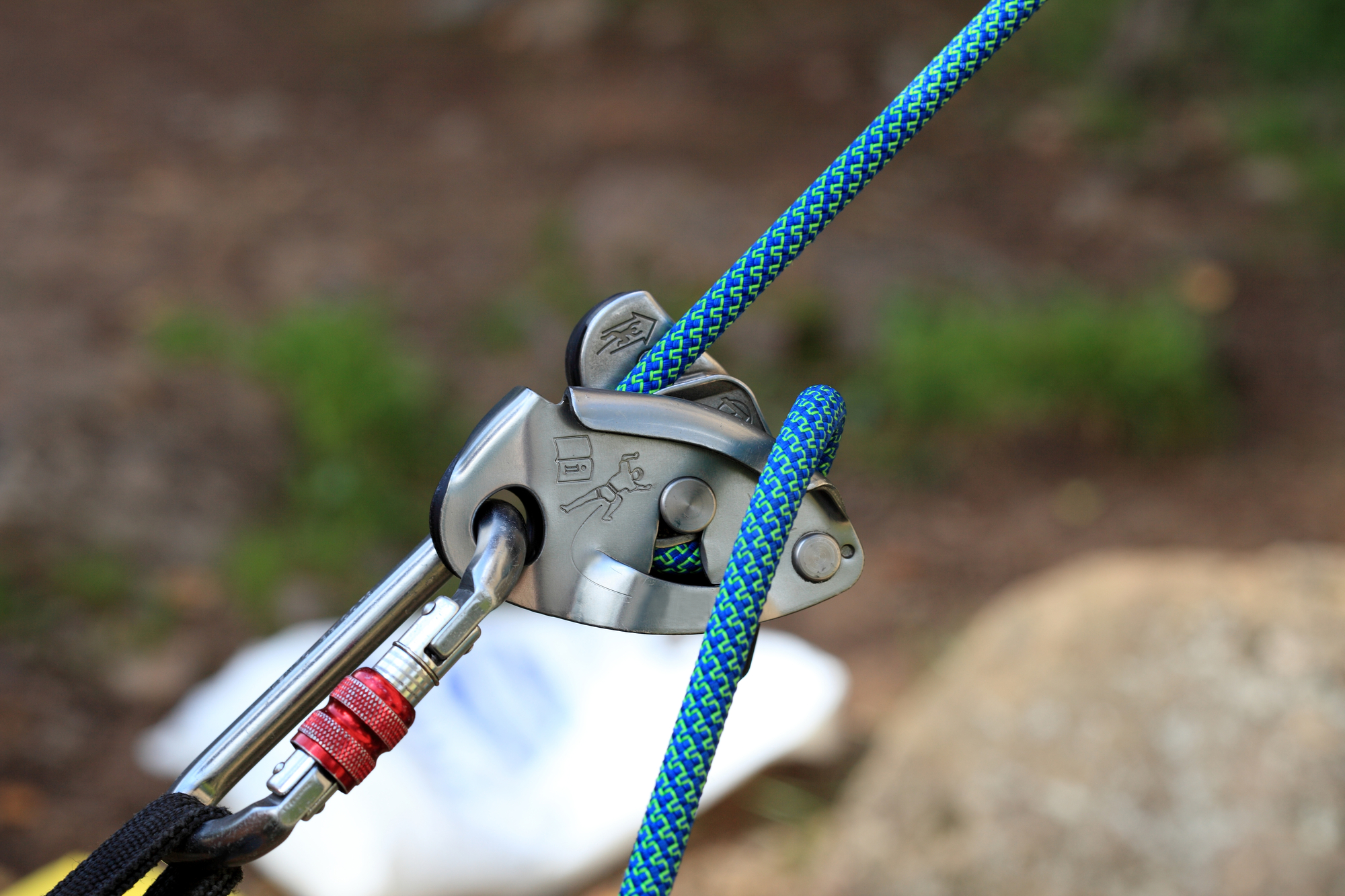
First, let’s tackle the risks you have to take when you belay someone heavier. Obviously, the biggest problem is catching your partner if they fall. When your climbing partner is significantly heavier than you, some dangerous situations may arise such as:
- You get lifted off the ground and lose control of the rope
- You get pulled up and hit the first anchor point, possibly injuring yourself
- You instinctively let go of the rope, resulting in your partner falling on you or on the ground
- Your hands can suffer from rope burn if the rope suddenly pulls taut and you are unable to stop the motion
Ten Tips for Belaying a Heavier Partner Safely
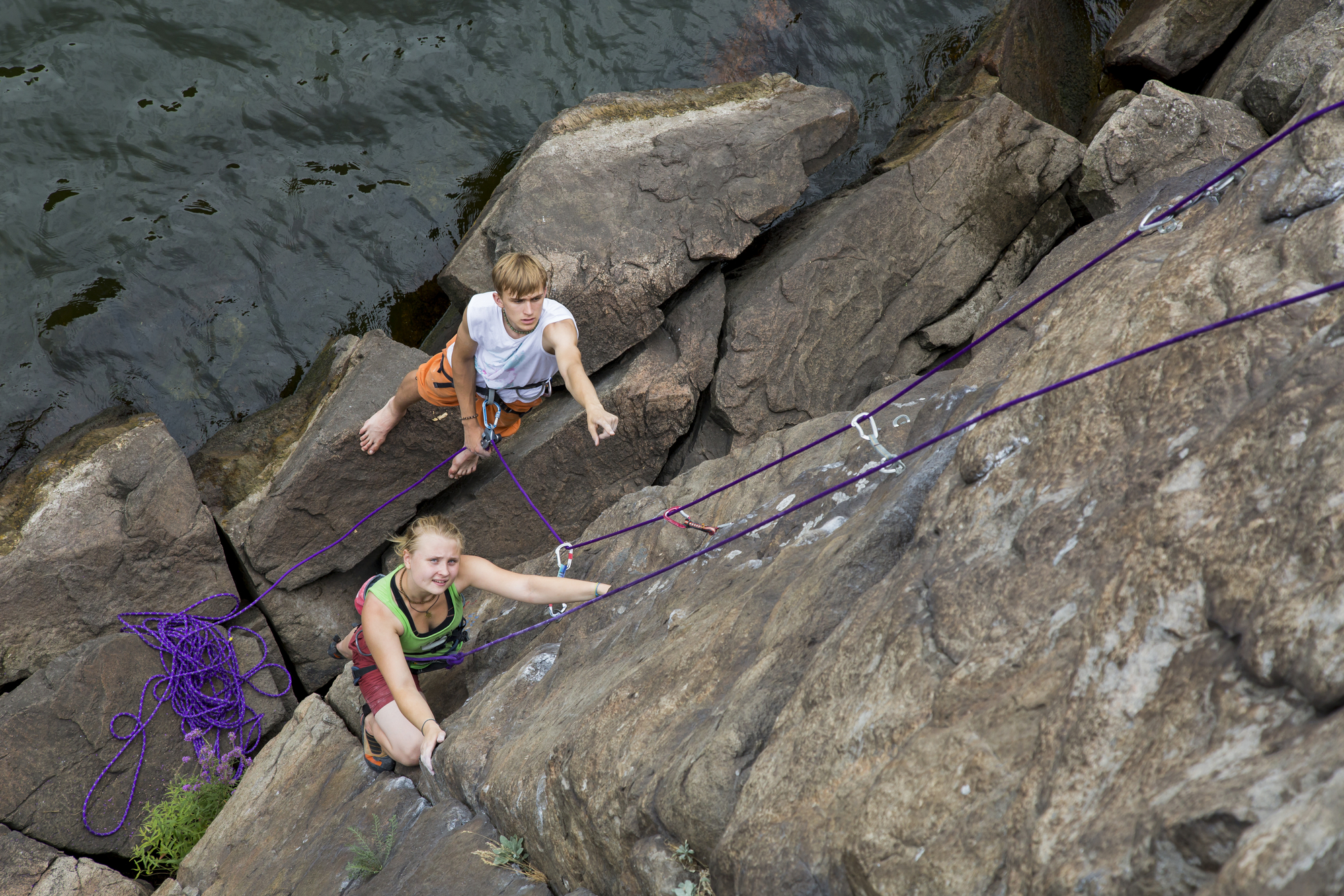
While it’s not possible to completely remove all the risks of belaying a heavier partner, there are some things you can do to minimize them.
1. Wear protective gear
Using protective gear when belaying is good practice, whether or not you’re belaying someone who is heavier than you. If you’re climbing in an indoor gym, protective gear such as a helmet and gloves might not be as essential. However, if you’re rock climbing, you should keep safety as your first priority!
A helmet protects your head against falling debris such as rocks and dirt. What’s more, when you wear a helmet, you’ll be protected in case the worst happens and your partner falls on top of you.
Gloves protect your hands against rope burn and give you a better grip on your rope.
2. Use steel-toed boots with rubber soles
Aside from using protective gear such as a helmet and gloves, choosing the right shoes can also help prevent belaying accidents. Steel-toed boots with rubber soles are strong, durable, and give you great traction on almost any ground surface.
If your partner falls, the steel caps on your boots can dig into the ground to give you a stronger stance and break the fall.
3. Use thick, heavy ropes
While thin climbing ropes are portable and light, they’re also harder to grip during a belay. Thus, if you’re belaying a heavier partner, it’s advisable to use thick climbing ropes since they’re much easier to grip.
Thick climbing ropes also provide more friction to a belaying device, making it less likely that your partner will fall if they slip or lose their grip.
4. Install a self-braking belay device
If you don’t like wearing gloves while belaying, you can install a self-braking belay device instead. Devices such as the Edeldrid Ohm are self-braking belay devices that automatically stop the rope if there is a sudden movement.
However, don’t completely rely on these devices when belaying. You should still keep a firm grip on the rope whenever you’re in charge of belaying a partner.
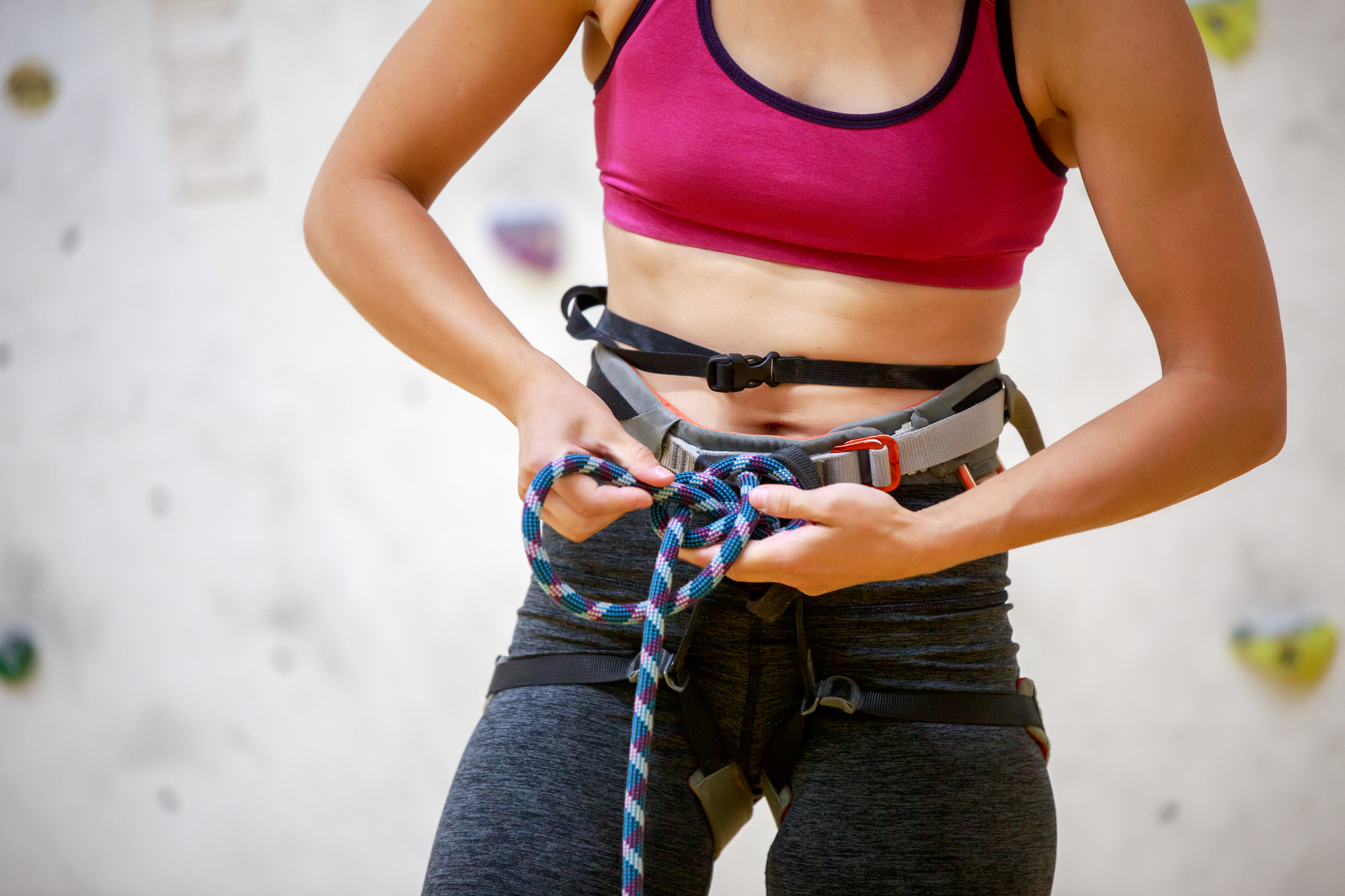
5. Position yourself close to the climbing surface
Many belayers chose to stand a distance away from the climbing surface because it gives them a better vantage point during a climb. However, this also means that it’s easier to get pulled up by a heavier climber if they fall down.
When belaying a heavier climber, it’s best to stand as close to the wall as possible. If you’re having trouble keeping an eye on your climber, you can use belay glasses.
6. Never stand directly below your partner
While it’s a good idea to stand near the climbing surface, you should never position yourself directly below your climbing partner. Standing below your partner means that you’re at risk of being underneath them if they fall.
Always keep an eye on how your partner is moving. Make sure that you adjust your position as they ascend during their climb.
7. Stay far from the first anchor point
As mentioned above, one of the most common accidents when belaying a heavier partner is crashing into the first anchor point. If you stand underneath it, you can get pulled up and slam into the anchor point, seriously injuring yourself.
Avoid clipping on the first anchor point when possible. If your climber is experienced and they are confident with the climb (i.e., it is a redpoint climb), you can clip on the second anchor point instead.
8. Keep open communication lines with your partner
Clear and constant communication is critical during a climb. You should always make sure that you can hear your climber whenever they ascend. It’s a good idea to have an emergency phrase ready before a climb.
The minute that you hear this phrase, you should immediately take in any slack from the rope and prepare to catch your partner.
9. Always focus on your partner’s ascent
It’s pretty easy to get distracted during a climb, especially if you’re climbing outside. However, keep in mind that accidents can happen in an instant! Belaying can quickly feel repetitive during a long climb and you might find yourself getting distracted.
If you’re going to belay for a long climb, make sure to take constant breaks to refresh yourself. There’s nothing wrong with telling your climber that you need a break once in a while.
10. Practice a strong stance
Your stance is everything when it comes to belaying a heavy partner. You need to keep your center of gravity low in case you need to stop a sudden fall.
Practice standing up with your back straight and your knees slightly bent. Your knees should be shoulder-width apart. Remember, your knees will provide the power that you need during belaying.
Conclusion
Okay, let’s go back to the original question: is it possible to belay someone heavier than you safely?
Yes, as long as you use the right equipment, the proper stance, and you keep focused on your climber.
If you’re worried about climbing with a heavier partner, you can practice belaying together in an indoor climbing gym. That way, you can get used to each other’s climbing and belaying styles and enjoy a safe climb during the real thing!
Happy climbing!

